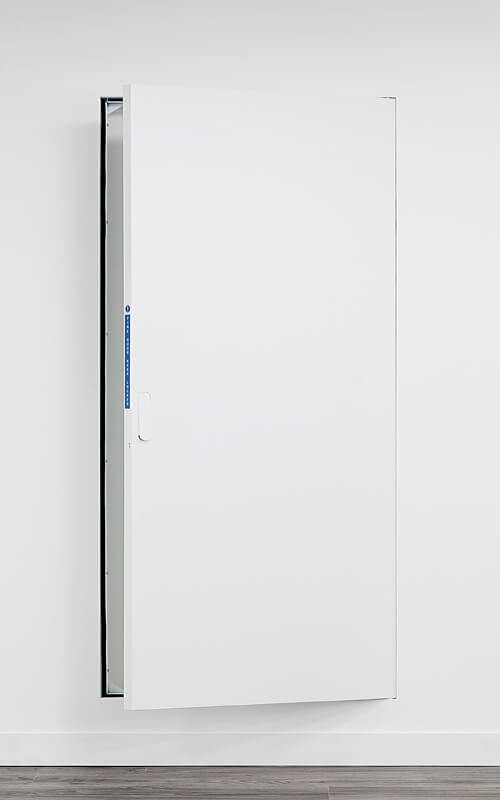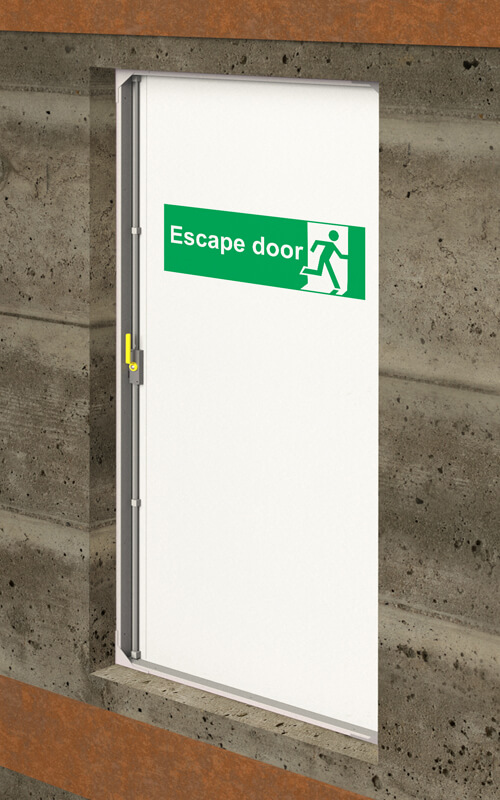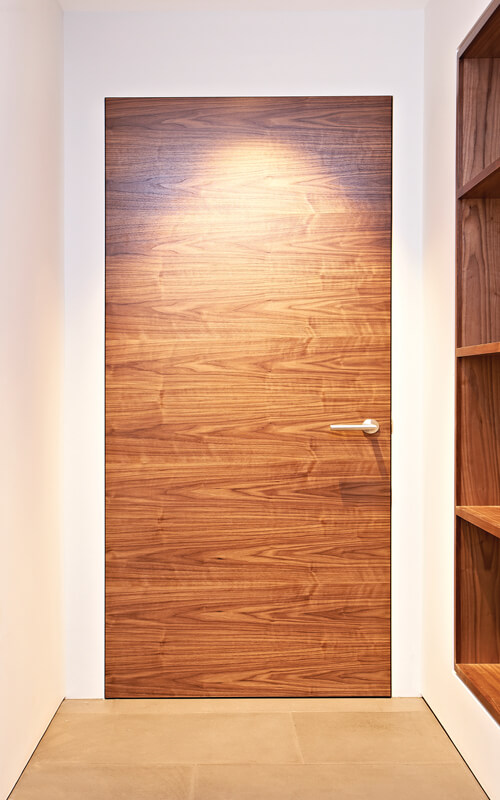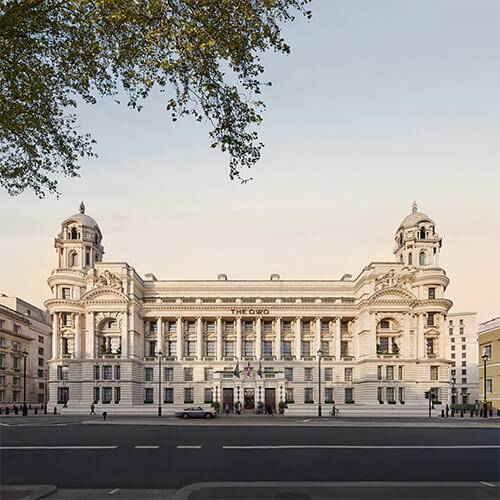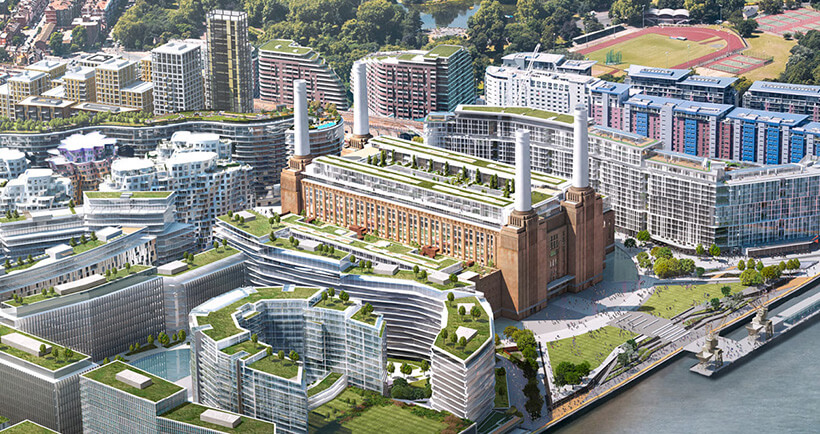
Battersea Power Station is one of London’s most famous buildings. Designed by Giles Gilbert Scott, its imposing structure and unmistakable quartet of tall white towers has sat by the side of the Thames for over 80 years.
Beginnings
The iconic building was built in two stages, twenty years apart, in 1935 and 1955. At the time its coal-powered electricity generation capabilities appeared to herald the future of British industry. Within a generation or two, however, ‘the future’ quickly moved beyond the power generation capabilities of Battersea, as the transition from coal to oil, gas and nuclear energy rendered the Power Station obsolete after little more than 40 years of active use.
For subsequent generations, the Battersea Power Station has appeared as a relic of Britain’s industrial past, peculiarly out of place in London, that most post-industrial of British cities. As far as industrial relics go Battersea held more commercial appeal than most, as its site sprawled across 40 acres of one of the most expensive postcodes in Europe. As such, speculation over its future (a football stadium and theme park were both mooted) was sustained over many years.
Rebirth
In 2012, the speculation was ended, as the Battersea Power Station site was purchased by a Malaysian consortium for £400 million. The consortium, SP Setia, initiated an £8 billion program of restoration and regeneration, encompassing a range of restaurants, shops, leisure facilities, offices and apartments.
Crucially, plans were provided for the restoration of the Power Station itself, with architects WilkinsonEyre commissioned to refurbish the ageing building and to restore it to its rightful position as the heart and soul of the regenerated Battersea. The iconic chimney quartet was to be dismantled and reconstructed anew.
Phase I of the redevelopment began in January 2013, with 865 flats being sold in a matter of weeks. The development also included a ‘Resident’s club and bar, a private cinema, a library, private dining rooms, a business centre, a gym, a spa and a swimming pool’.
Construction for Phase II, which entailed the restoration of the Power Station itself as well as the creation of 254 apartments above and within it, got underway in February 2014. According to the official Battersea website the ‘apartments (are) informed by the design, materials and spirit of this grand building. These will be innovative, beautiful places to live’.
They will also be expensive places to live, with prices as high £3.5 million for some apartments.
The most notable aspect of Phase III of the redevelopment is the creation of the Electric Boulevard, an ambitious new high street which will serve as the main point of entry to the re-imagined Battersea, designed by Gehry Partners and Foster + Partners.
Apple’s London HQ
The Battersea re-development made (tech and architectural) headlines around the world recently when it was announced that Apple would be making the site their new London headquarters.
Occupying around 500,000 square feet across 6 floors of the central Boiler House in the refurbished Power House, Apple will be the largest tenant at Battersea Power Station.
The move appears to vindicate the ambition of the grand regeneration plans and has provided a boost to the developers as well as the City.
Rob Tincknell, chief executive of the Battersea Power Station Development Company, said that
“It is testament to our fantastic building and the wider regeneration of the 42-acre site. It has always been our clear objective to create one of London’s most thriving new communities and this commitment from Apple will undoubtedly help us achieve our goal.”
London Mayor, Sadiq Khan, meanwhile, welcomed the move as
“A further sign that London is open to the biggest brands in the world and the leading city for trade and investment.”
Apple and its 1400 employees are expected to move into the Power Station in 2021. The entire Battersea Power Station project, including a new Northern Line Underground Station, is expected to be completed by 2025.
See what Selo products Battersea Power Station are using.


